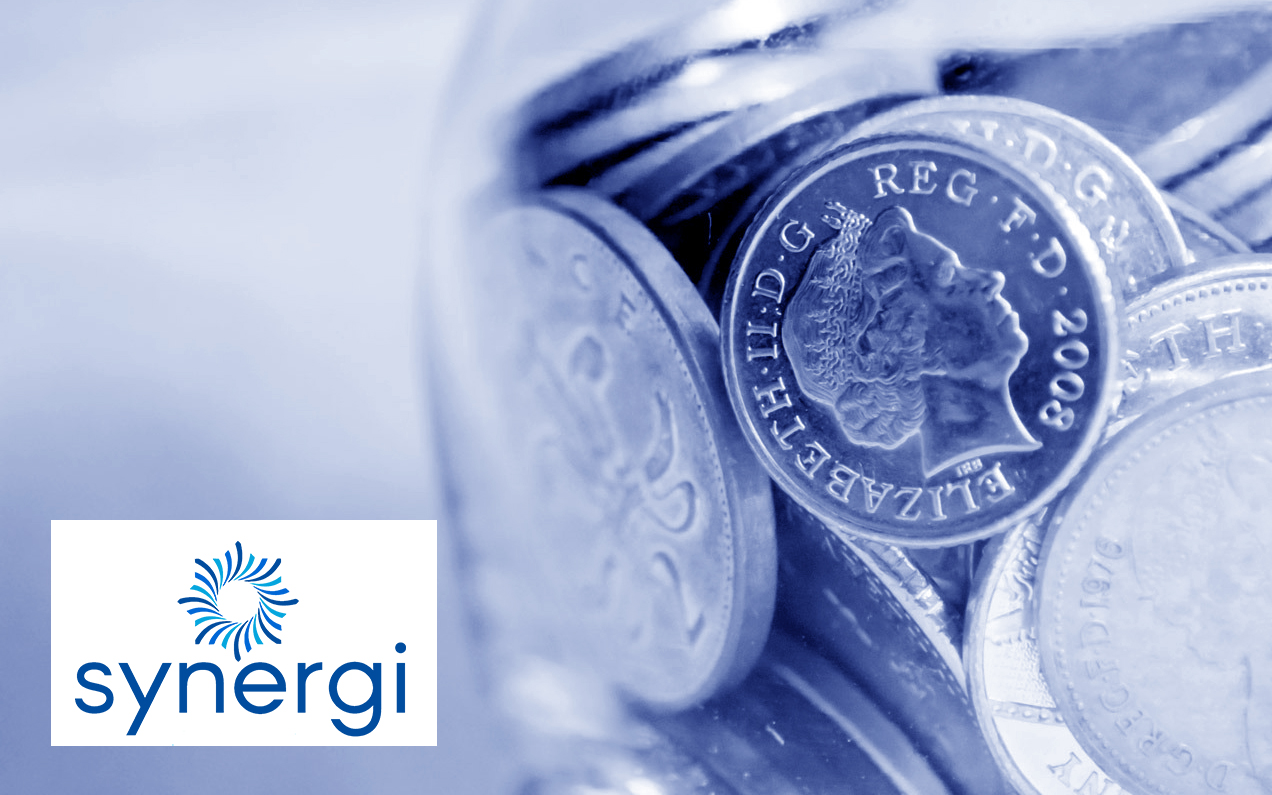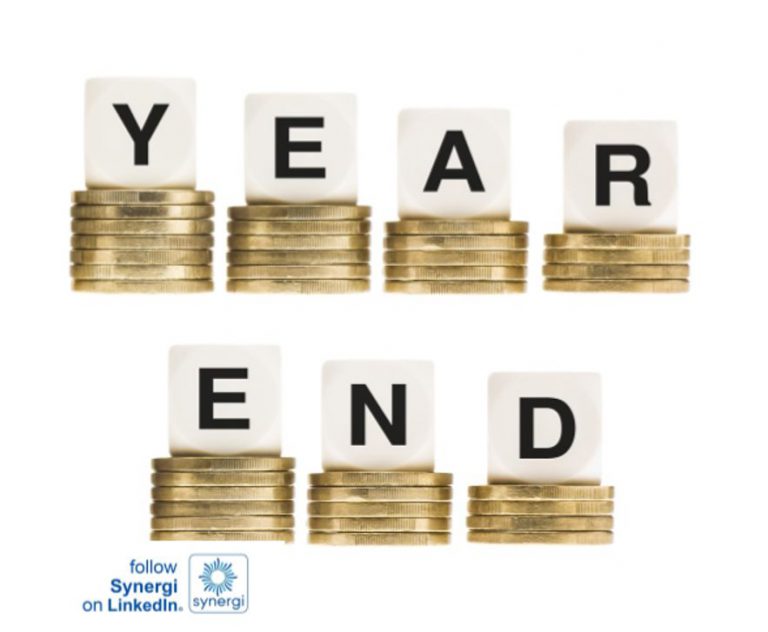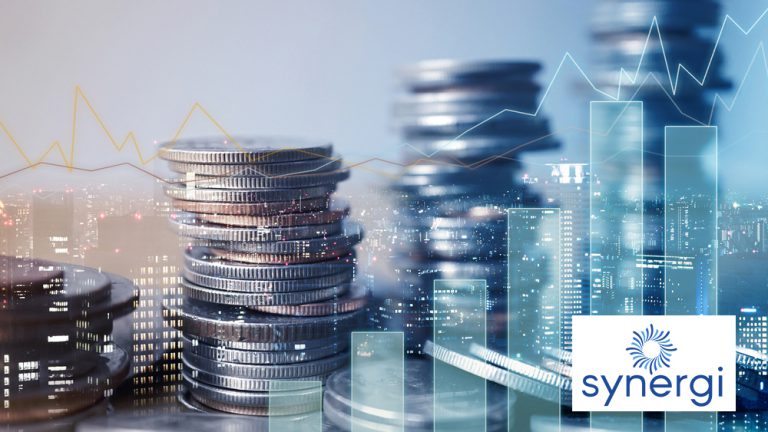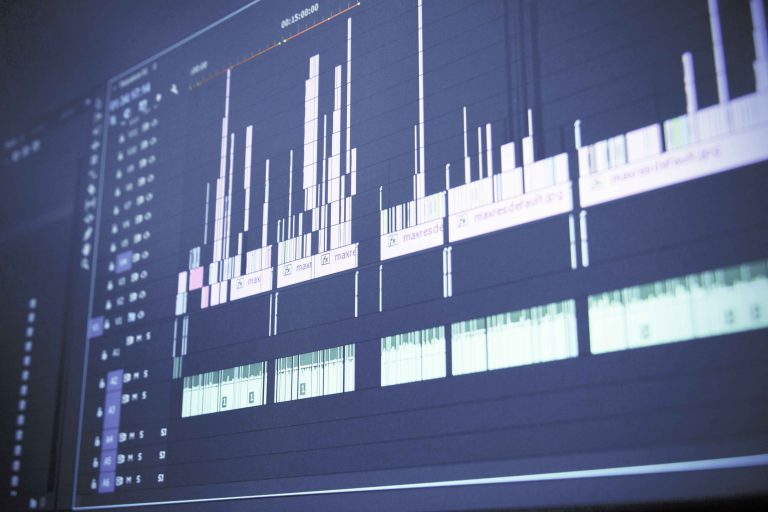What is the future for Sterling?
Despite the gloom that currently surrounds the UK’s economic outlook, the pound sterling has performed strongly, up around 23 per cent (as at July 14 2023) versus the US dollar since September 2022, and 5 per cent relative to the euro.
Economic textbooks theorise that the principal determinant of the relative strength of one currency to another is trade flows — that is, the level of goods one country exports to another.
An economy that exports more to another than it imports would, all things being equal, expect its currency to strengthen relative to that of the country with which it has the surplus. Such a surplus is known as a current account surplus.
The UK has, however, run a current account deficit — importing more than it exports — with the rest of the world, and with the US, for a prolonged period of time.
The second iteration of this, and the basis upon which currency traders operate, is to attempt to understand the economic data and from that predict what might be the position of a country’s current account. This means in normal circumstances currencies rise when the economy to which they are tied performs well.
The UK economy is performing better than some peers, for example, Germany, but not relative to the US, where growth remains robust.
So why has sterling done so well?
George Lagarias, chief economist at Mazars Wealth, says that in reality, the biggest influence on the performance of one currency relative to another is interest rate expectations.
He says that higher interest rates push up the value of a currency because those who own assets in that currency will be paid a higher rate of interest than those who own assets in a currency that is not raising rates.
This can be seen in the context of UK gilt yields rising sharply in recent months as investors revised their expectations for the base rate.
The most recent inflation data in the US showed a decline to 3 per cent, while in the UK inflation remains at about 8 per cent.
Rates of change
It is this that has prompted investors to buy sterling relative to the dollar in recent months, as they anticipate the pace of US interest rate rises will decline relative to the pace of those in the UK, Lagarias says.
He notes that sterling is up by only around 5 per cent against the euro since September 2022, something he attributes to the market anticipating that rates will also have to rise in the eurozone at a pace greater than that of the US.
Data from consultancy Longview Economics shows the number of professional investors who are “net long” the pound — that is, who profit if sterling keeps rising — is at its highest level for 10 years.
IG Group chief market strategist Chris Beauchamp says: “[This is] mostly rate differentials, I would say, in that US inflation keeps falling while UK [inflation] remains strong.
“While investors remain sceptical that the Fed is particularly keen to keep hiking, the Bank of England has no choice, and so we have a combination of dollar weakness and sterling strength based on that contrasting outlook for the two. So far this seems to trump recession risk for the UK for now, which means we could see more upside from here.”
But Kingswood chief economist Rupert Thompson is less positive on the outlook for sterling by virtue of believing that the market is currently pricing in far more interest rate rises than will actually happen.
In his opinion, rates will increase in the near term as a result of wage growth continuing to be very high in the UK. “The picture so far remains one of activity stagnating rather than contracting, with [gross domestic product] unchanged in the three months to May, but a dip into recession remains a real risk,” he says.
If UK rates do increase by less than expected, or the market comes to believe that this will be the case, then the likelihood is that sterling would fall in value relative to the dollar. This is because the reason for its rise in value is expectation that UK rates would increase at a faster pace than those in the US.
Given that the UK economy showed no GDP growth in the first half of 2023, the expectation in such a scenario would be for sterling to sell-off. This is because investors who focus on the economics of trade would anticipate sterling deteriorating as the economy is producing less, and for those who prioritise interest rates as the key, the expectation in normal times would be for rates to be cut from here to stimulate growth. This would be expected to be a negative for sterling.
Next time we will consider the long term outlook for Sterling







